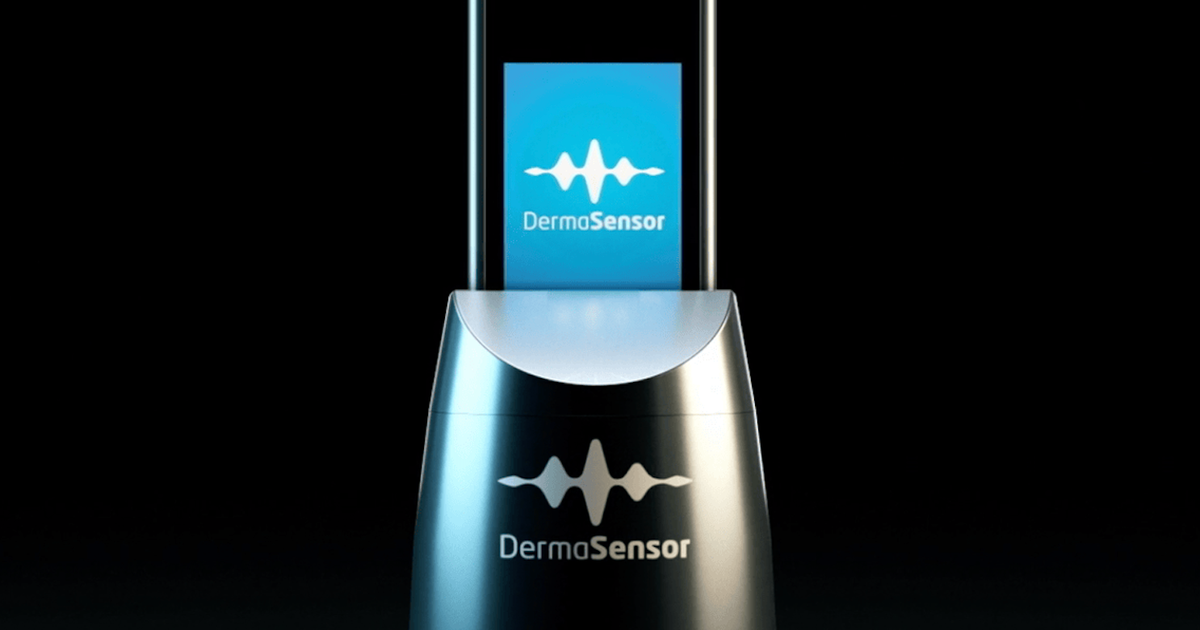
Women are not small men. That may sound obvious, but too often that idea has informed health care, with male physiology the default for research and treatment. From the earliest phases of testing and clinical trials on animals, models have historically been based on male specimens. Questions about sex-based differences were rarely investigated or recorded, with the assumption that other than reproduction, there were few important differences in how organs and biological systems functioned.
This is not true–and the differences matter. In some cases, the same condition can have different symptoms or sets of causes; in others, a disease is more prevalent among women. Drugs and medical devices can work differently, too. For example, many drugs to treat rheumatoid arthritis are much less effective on women; ditto for asthma inhalers. Women report adverse events from approved medicines 52% more often than men–and serious ones, including fatalities, 36% more often, according to the U.S. Food and Drug Administration. In addition, conditions that disproportionately affect women are systematically underestimated, under-studied, and underinvested in. Only 4% of all healthcare research and development in the U.S. is specifically targeted at women’s health issues.
All this contributes to a sizeable global health gap. Although women generally live longer, they spend 25% more of their lives in poor health. About 60% of the healthy years that women lose come between ages 20 to 60 when they are most likely to be working.
Finally, the level of care can be unequal. In the treatment of arrhythmia, men are three times more likely to receive cardiac resynchronization therapy. Knowledge of such inequities has not been a secret, but it has yet to reach the mainstream.
The health gap is bad for women, damaging their ability to enjoy life to the fullest. It also carries significant economic costs. In a new report, the World Economic Forum (WEF) and the McKinsey Health Institute (MHI) estimate that closing the male-female health gap could boost global GDP by at least $1 trillion a year by 2040, through greater workforce participation, fewer lost hours, and higher productivity. Every dollar invested in these efforts could generate $3 in economic growth.
That is the opportunity. To reach it, societies can take action along three lines.
Research and data
In many existing data sets, the specific needs of women are overlooked or not considered at all. When MHI analyzed more than 650 research papers, it found that only half broke down results by sex. Of those that did, women were disadvantaged in some way almost two-thirds of the time. (For men, the figure was 10%).
Bad or incomplete data can lead to underestimating women’s health issues, influencing both the care that they receive and how societies allocate resources to women’s health. It is critical, then, to strengthen the collection, analysis, and reporting of women-specific data. Without asking the right questions (Do women suffer more chronic pain? If so, why? Why are women twice as likely to die after a heart attack?), closing the health gap is not possible.
Care
Health professionals want to do their best for all their patients. But on conditions ranging from heart disease to pain management, women seem to get short-changed, not getting the same care as men, with worse outcomes. In the U.S., McKinsey Health Institute found that conditions that predominantly affect women often carry higher co-payment requirements. However unintentional, such practices make a real difference. Differences in care delivery account for a third of the global women’s health gap.
Solutions will vary greatly, with very poor countries unable to take up the same solutions as rich ones. In all cases, though, improving service to women, for example by devising sex-appropriate guidelines for screening and care, will almost certainly improve overall performance and health outcomes.
Investment
While the situation has improved in terms of representation in research and clinical trials, women’s health has historically not gotten its fair share of investment. In Canada and the U.K., only 5.9% of grants made between 2009 and 2020 looked at female-specific outcomes or women’s health. In the U.S., conditions that affect women more, such as migraines, are underfunded relative to the disease burden (as measured by disability-adjusted life years).
Moreover, the funding that does exist often ignores the fact that many conditions manifest differently for women and men, creating variances in outcomes that are typically worse for women.
Closing the health gap will require more investment in understanding sex-based differences as well as female-specific conditions to address women’s unmet needs.
About 95% of the women’s health burden stems from conditions that affect both women and men. In a sense, addressing the health gap is not a women’s issue: It matters for everyone.
Lucy Perez is a senior partner in McKinsey & Company’s Boston office and co-leader of health equity at the McKinsey Health Institute. Tracy Francis is a senior partner and the Chief Marketing Officer of McKinsey & Company.
More must-read commentary published by Fortune:
The opinions expressed in Fortune.com commentary pieces are solely the views of their authors and do not necessarily reflect the opinions and beliefs of Fortune.












